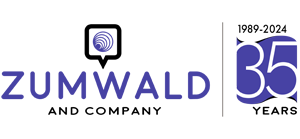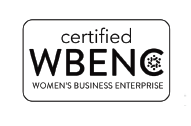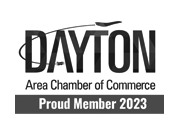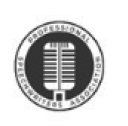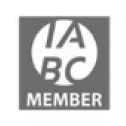A 5-step writing process for better B2B communications

When your team has to write a high-stakes document such as a white paper, e-book or case statement, what’s your approach?
How do you avoid going in multiple directions and producing an endless number of drafts?
How do you get input and feedback from leaders on your team — and be efficient at the same time?
If you need to collaborate with subject matter experts to produce any type of B2B communications, try this writing process on for size.
1 – Assign a lead writer who’s responsible for producing the high-stakes document – from start to finish.
This is the most important step when subject matter experts are involved in a B2B communications project.
Ultimately, a single person should lead, own and be accountable for the entire writing process.
This person should not only be an excellent writer but also an outstanding listener able to capture and quickly summarize all input and feedback from the subject matter experts.
2 – Ask the lead writer to prepare for and guide several Q&A sessions with the entire team to collect the content needed for the high-stakes document.

To properly facilitate every Q&A session, the lead writer should prepare thoughtful questions ahead of time based on the purpose of the document and the desired outcomes.
Questions asked in each session should clarify and build on what was discussed in the previous session, and the lead writer should direct and manage this process.
There are many benefits to in-person Q&A sessions with all subject matter experts present:
- Each participant hears content ideas and their rationale from other team members, which aids understanding and starts the consensus-building process.
- Ideas can be discussed and debated first, before they become part of the document.
- Consensus can be reached on ideas and direction before any writing begins, which saves time in the end.
3 – Once enough content has been collected, ask the lead writer to prepare an outline and share it with the team of subject matter experts for feedback.
This feedback can be collected either electronically or during another face-to-face session with the team. (If the lead writer conducted the Q&A sessions well, the outline should reflect the consensus reached during the final session; if so, the subject matter experts will likely have only minor comments to the outline, if any.)
Once any feedback has been incorporated and the outline revised, the team should sign off on the outline for the B2B communications project.
Only then should the lead writer begin writing the first draft because now a clear direction for the document is on paper, and all subject matter experts agree with it.
Note: This part of the writing process is where many teams go wrong. One or more subject matter experts attempt to start writing “pieces and parts” of the document on their own, before a clear direction for the document is in place. These false starts lead to unnecessary drafts, rewrites and wasted time, and suddenly, the B2B communications project is off track.

4 – After the first draft is ready and sent out for review, get all the subject matter experts back together again to discuss the first draft.
First, review the draft from a 60,000-foot view for any “global feedback” that applies to the document as a whole.
For example:
- Does the document deliver on its purpose?
- Does the document tell a story?
- What about the overall tone?
- Are the desired outcomes clear?
Next, do a page-by-page review of the document with all subject matter experts participating.
They should be prepared to weigh in on items such as:
- Ideas that are confusing or unclear
- Points that need examples or more build-out
- Topics that may be out of order
- Sentences and phrases that need wordsmithing
- Concepts they may no longer agree with
The purpose of this face-to-face review is to listen to everyone’s feedback, sort out any opposing ideas, and gain consensus from all subject matter experts on the team.
5 – Once everyone has shared their review comments, ask the lead writer to incorporate these comments and produce the second draft of the high-stakes document.

If the lead writer is effective, the team should be on the same page at the end of the face-to-face review meeting discussing the first draft.
If the process is working well, and the lead writer has all consensus comments in hand, the second draft that’s produced should be very close to the final draft for the B2B communications project.
Once this second draft is ready, the last step of the writing process is asking subject matter experts on the team to make any final suggestions electronically. Popular options:
- Word’s “track changes” function
- Email comments
- Markups or electronic sticky notes on a PDF of the second draft
It’s the lead writer’s job to consolidate these final comments, which should be rather minor, before producing and then sending out the final document for signoff by the team.
Because all subject matter experts have a chance to provide input and give feedback – to listen and be heard – this writing process for high-stakes B2B communications not only results in a document that the entire team is proud of and stands behind, but also creates a stronger team dynamic, which pays dividends in the workplace (I’ve seen it happen).
This writing process will keep your team moving in the same direction faster and cut down on the number of drafts you produce.
Ultimately, that means you will get finished faster – and meet or beat your next deadline!
